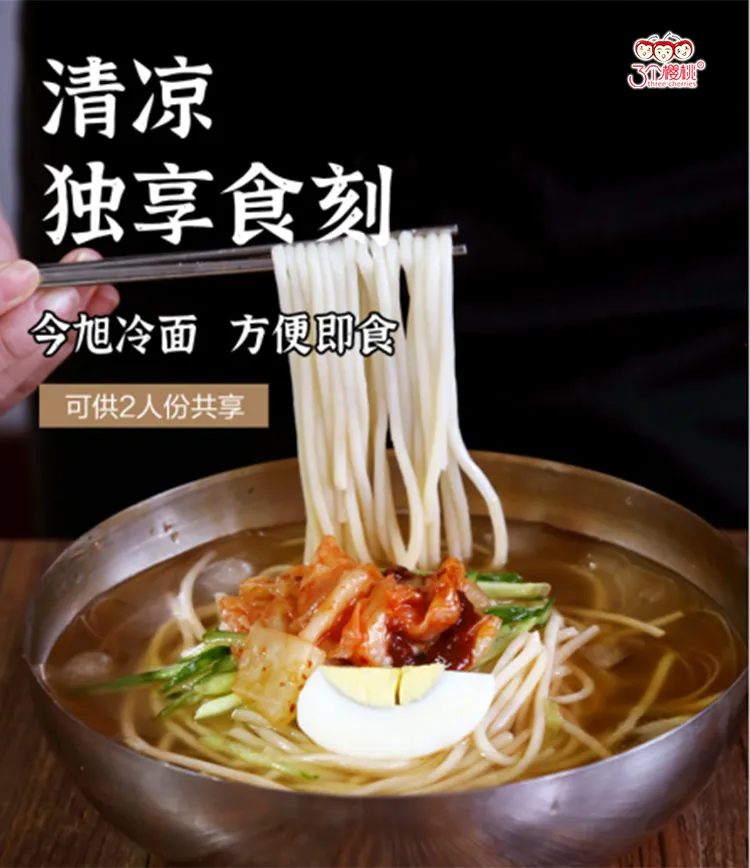types of hand pulled noodles
The Art of Hand-Pulled Noodles Types and Techniques
Hand-pulled noodles, known as lamian in Chinese, are a celebrated culinary tradition that showcases the skill and artistry of noodle-making. The process involves repeatedly stretching and folding dough until it becomes long, thin strands of noodles. This method not only creates a delightful texture but also infuses the noodles with a unique elasticity that is hard to replicate using machines. In this article, we will explore various types of hand-pulled noodles, highlighting the nuances of their preparation, flavors, and cultural significance.
1. Lanzhou Lamian
Originating from Lanzhou, the capital of Gansu Province, Lanzhou Lamian is perhaps the most famous type of hand-pulled noodle. These noodles are characterized by their thinness and chewier texture, created by the skilled hands of the noodle-maker. Typically served in a flavorful beef broth, the dish is garnished with slices of tender beef, cilantro, green onions, and a dash of chili oil. The preparation of Lanzhou Lamian involves a unique technique where the dough is rapidly stretched and folded, a skill that requires years of practice to master.
2. Biang Biang Noodles
Hailing from the Shaanxi province, Biang Biang noodles are known for their width and hearty texture. The name Biang refers to the sound made while slapping the dough against the work surface during the stretching process. This noodle is often served with a spiced sauce featuring garlic, chili oil, and vinegar, making it a spicy and aromatic dish. The preparation of Biang Biang noodles is quite rigorous, as the dough is typically rolled and then hand-pulled into thick, wide strands, resulting in a satisfying bite.
types of hand pulled noodles

Dao Xiao Mian, or “knife-cut noodles,” are a staple in Northern Chinese cuisine. Unlike other hand-pulled noodles, Dao Xiao Mian are sliced directly from a block of dough using a sharp knife, producing unevenly shaped noodles that add character to the dish. These noodles are often cooked in a savory broth or stir-fried with vegetables and proteins. The irregular shapes of Dao Xiao Mian allow them to hold onto sauces exceptionally well, making each bite rich in flavor.
4. Uighur Laghman
Uighur Laghman offers a delightful twist on traditional hand-pulled noodles, featuring influences from Central Asian cuisine. The noodles are typically thicker than their Chinese counterparts and are often served with a medley of stir-fried vegetables and juicy meat, such as lamb or beef. Laghman is often accompanied by a spiced sauce made with garlic, peppers, and tomatoes, reflecting the vibrant flavors of Uighur culture. The unique preparation methods and the Doha (or seasoning) used in Laghman give it a distinct taste that distinguishes it from other hand-pulled noodles.
5. Zha Jiang Mian
While not entirely hand-pulled in the traditional sense, Zha Jiang Mian deserves mention due to its popularity and flavorful profile. This dish originates from Beijing and features thick, wheat-based noodles topped with a rich, savory sauce made from fermented soybeans, ground pork, and various vegetables. The noodles can be bought pre-made or freshly pulled, but the emphasis is on the robust sauce that complements the noodles' texture, making it a favored choice among noodle enthusiasts.
Conclusion
The world of hand-pulled noodles is as diverse as the cultures that embrace them. Each type of noodle carries with it a distinct history and preparation method steeped in tradition. From the delicate strands of Lanzhou Lamian to the hearty shapes of Biang Biang noodles, these culinary creations are a testament to the skill and passion of noodle-makers who keep this ancient craft alive. Whether enjoyed in a bustling street market or a cozy restaurant, hand-pulled noodles offer a unique dining experience that celebrates the art of cooking and the joy of sharing a meal. As you embark on your own culinary adventures, the rich flavors and textures of hand-pulled noodles are sure to hold a special place on your plate.
-
Unleash Your Inner Chef with Delectable Italian Pasta CreationsNewsAug.01,2025
-
Savor Health and Flavor: Irresistible Soba Noodles for Sale Await!NewsAug.01,2025
-
Nourish Your Body with Premium Organic Ramen - A Culinary Delight AwaitsNewsAug.01,2025
-
Elevate Your Dishes with Our Exquisite Kinds of Egg NoodlesNewsAug.01,2025
-
Dive into Flavorful Convenience with Our Ramen OfferingsNewsAug.01,2025
-
Discover Exquisite Types of Naengmyeon and Chilled Soba NoodlesNewsAug.01,2025
-
Is Whole Wheat Pasta Healthy?NewsMay.30,2025
Browse qua the following product new the we

















































































































